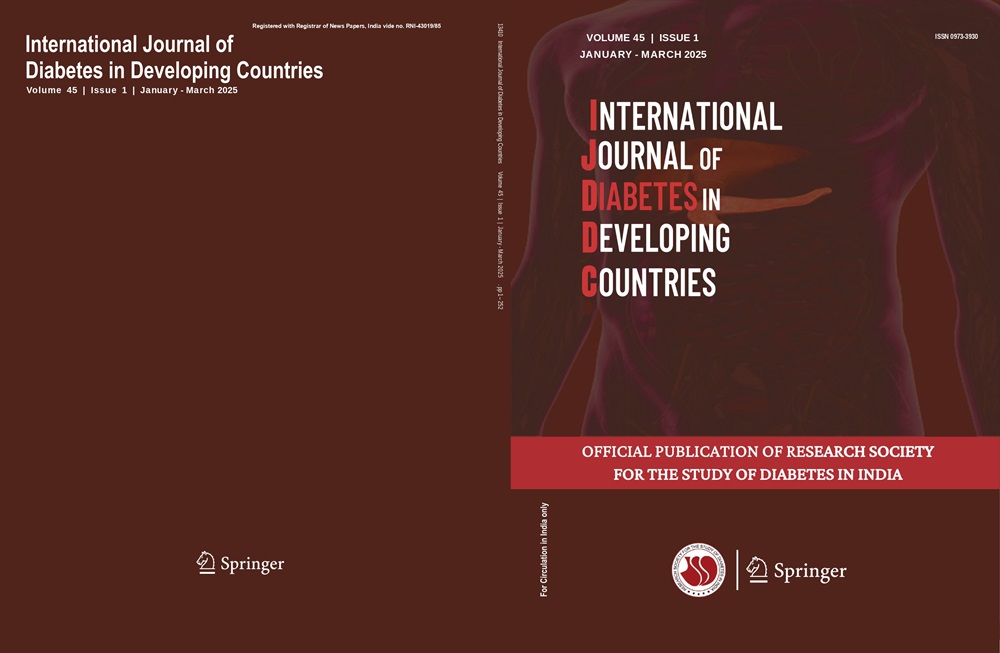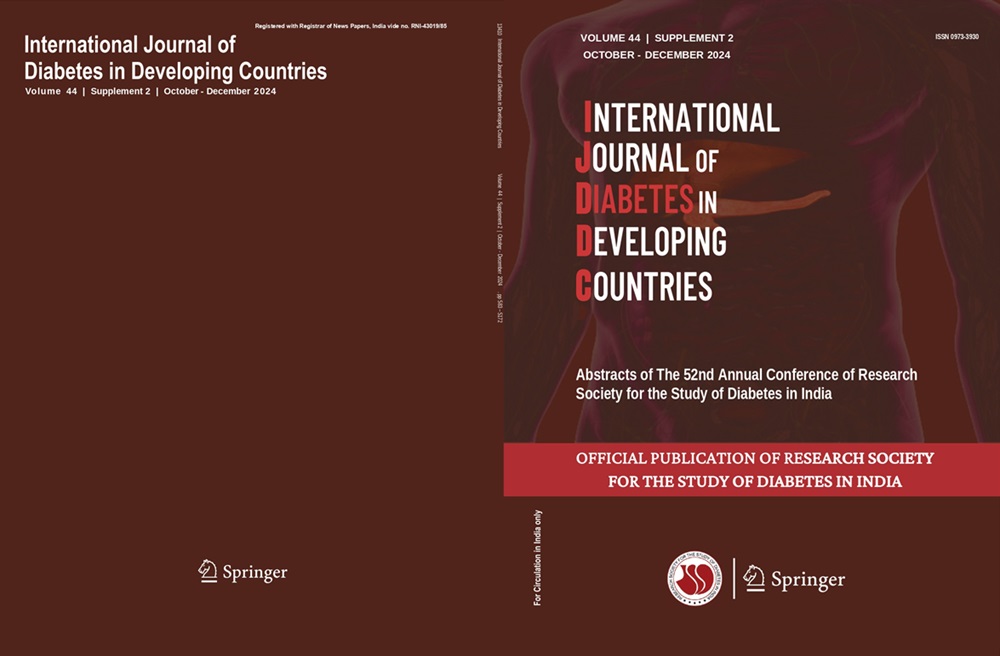Jiarui Zhang, Wenzhe Wu, Lichenlu Huang, Yongqin Zheng, Yikun Zhou, Jundong He
Keywords
Type 2 diabetes mellitus • Islet -cells • Gsta2 • Nrp2 • Mechanistic studies
Abstract
Objective Type 2 diabetes mellitus (T2DM) seriously affects human life and health. The aim of this study is to investigate the molecular mechanisms underlying the pathogenesis of T2DM through functional studies of pancreatic β-cell line in vitro.
Methods In this study, a high-glucose- and high-fat-induced model of Min6 cells was constructed, and their cellular functions and insulin secretion levels were detected. Transcriptome sequencing and differentially expressed genes (DEGs) screening and identification were eventually performed.
Results We successfully constructed a T2DM model of high-fat- and high-glucose-treated Min6 cells and found that their migration rate, survival rate, and insulin secretion capacity were reduced. Through transcriptome sequencing and bioinformatics analysis, we finally selected the glutathione S-transferase A2 (Gsta2) and neuropilin-2 (Nrp2) genes. After overexpressing Nrp2, we found that PARP1 protein levels were elevated and apoptotic pathways were activated. Cell viability and survival were significantly reduced, apoptosis was increased, and insulin secretion capacity was reduced. Overexpression of Gsta2 significantly increased the apoptosis of Min6 cells, but no increase in Nrp2 expression was observed.
Conclusions The results suggest that Nrp2 regulates apoptosis in Min6 cells and that there may be a link between this molecule and pathological apoptosis of pancreatic β-cells in T2DM patients. However, Gsta2 was not found to be an upstream regulator of Nrp2 in our cell line. Therefore, Gsta2 regulation of apoptosis in Min6 cells may be achieved through other apoptotic pathways.




